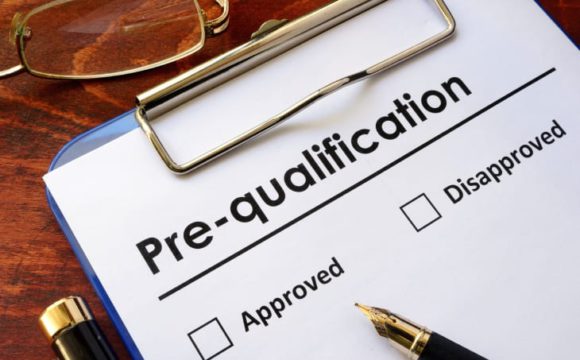If you’re an expert fantasizing of homeownership, there’s excellent information – the seasoned home financing program is below to assist you make that desire a fact. In this detailed overview, we’ll stroll you via whatever you require to recognize concerning experienced home car loans, likewise understood as VA car loans.
The seasoned home mortgage program is a government-backed effort that intends to help experts, active-duty solution participants, and qualified National Guard and Reserve participants in attaining their homeownership objectives. Provided by the Department of Veterans Affairs (VA), these fundings use various benefits that establish them besides typical home mortgages.
The Benefits of VA Loans
VA finances feature a host of advantages that provide especially to experts. These benefits consist of:
No Down Payment Required
Among one of the most considerable advantages of VA fundings is that they usually do not need a deposit. This establishes them aside from standard fundings that commonly mandate a significant in advance settlement, permitting professionals to conserve a substantial quantity.
Reduced Interest Rates
No Private Mortgage Insurance (PMI)
Conventional standard finances commonly PMI if the down payment repayment less much less 20%.
VA finances are understood for their even more versatile credit history needs, making homeownership achievable for experts with a variety of credit rating.
Restricted Closing Costs
The VA has laws in position to restrict the closing sets you back that experts can be billed, offering economic alleviation throughout the home acquiring procedure.
Qualification Criteria
To receive a VA car loan, you require to fulfill certain qualification requirements, consisting of offering a minimal duration in the armed forces and acquiring a Certificate of Eligibility (COE). The COE can be gotten with the VA or your selected VA-approved loan provider.
The Application Process
The application procedure for a VA funding resembles that of a standard home loan. You’ll require to collect vital papers such as evidence of armed forces solution, revenue confirmation, and credit rating.
VA Loan Requirements
While VA financings have much more lax credit rating needs, lending institutions might still seek a sufficient debt and a secure revenue background. Your debt-to-income proportion will certainly likewise be a consider the authorization procedure.
Discovering a VA Lender
It’s critical to locate a VA-approved loan provider that is experienced with VA fundings. These loan providers are skilled at the same time and can direct you efficiently.
Lending Limits and Appraisals
VA fundings commonly come with limitations on just how much you can obtain. The funding limitation differs by area and is based on the expense of living in a specific location.
A financing charge is a compulsory price linked with VA financings. This cost aids counter the financing program’s expense to taxpayers.
When your financing is accepted, you’ll undergo the closing procedure. This entails authorizing the essential documentation and paying any kind of continuing to be closing prices.
Refinancing Options for Veterans
VA lendings supply different re-financing choices, consisting of the Interest Rate Reduction Refinance Loan (IRRRL) and the Cash-Out Refinance. These alternatives can aid professionals reduced their rate of interest or take advantage of their home’s equity.
Typical Misconceptions
There are numerous false impressions regarding VA financings, such as the idea that they take longer to have or shut restricted residential or commercial property alternatives. Inspect Your Credit Score: Although VA fundings are extra flexible when it comes to credit rating ratings, a greater rating can still boost your car loan terms. Store Around for Interest Rates: While VA financings typically supply affordable prices, it’s still an excellent concept to contrast deals from various lending institutions to protect the ideal price.
Professional mortgage are a wonderful chance for qualified professionals and solution participants to accomplish the desire for homeownership. With advantages such as no deposit, reduced rates of interest, and forgiving debt demands, VA finances stand as a testimony to the country’s thankfulness for the sacrifices made by its females and servicemen.
By recognizing the application procedure, demands, and prospective mistaken beliefs, you’re well on your means to making an educated choice concerning using this important financing alternative.
In this extensive overview, we’ll stroll you via whatever you require to understand concerning seasoned home finances, likewise recognized as VA finances. VA lendings come with a host of advantages that provide especially to experts. While VA finances have much more lax debt demands, lending institutions might still look for an adequate credit score and a steady revenue background. VA finances supply different re-financing choices, consisting of the Interest Rate Reduction Refinance Loan (IRRRL) and the Cash-Out Refinance. Examine Your Credit Score: Although VA car loans are much more flexible when it comes to debt ratings, a greater rating can still enhance your funding terms.






